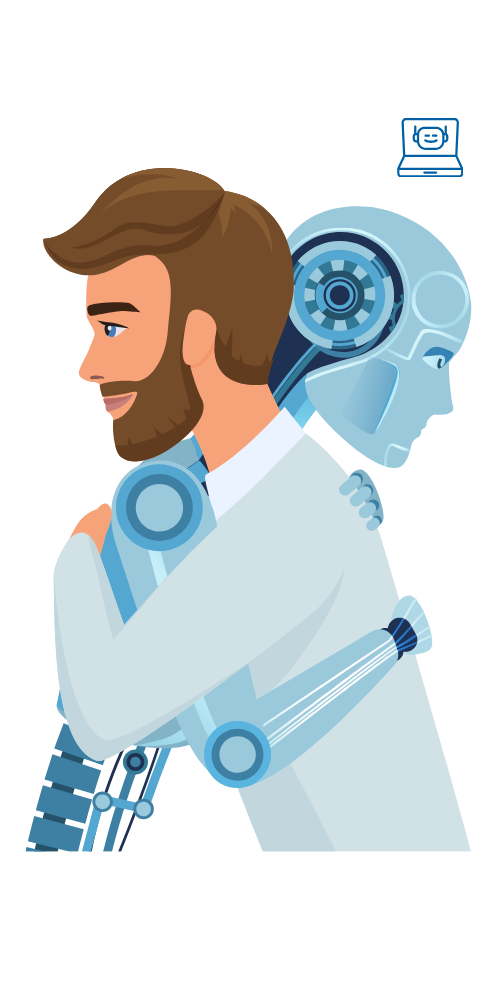How do you drive if you do not know directions (East, West, North, South) ?. Well now a days, you can always ask a google map which can provide directions; all you need to know is driving knowledge and to steer the wheels.
This is almost same as one takes help from Chat GPT to compose a requisition letter. Also similar to asking code builder to code and construct a complex logic (to solve simple problem 🙂 ).

Will come back to this in a minute, but here is what can I ponder as one of the important discussions I had with our customers in 2019. We were lost as if a child is lost in a market; and you will understand that in a minute 🙂
When we started white boarding on a integration solution for a FMCG customer, the business head questioned..
‘Great, you are building a way for trams, trains, buses and motor vehicles, but not for pedestrians and bicycles, are you? ‘
It’s a different topic that we revisited business needs, made design changes and the project was implemented, but the point I am trying to make is How dreadful it could have been if we had missed including business head ?.
I am sorry I had chosen adjective ‘dreadful‘ because I am still concerned the way the enterprise integration decisions are made. Are we going right ? What is the ultimate goal ? Save time ? Get new technology ? etc.. We all understand that the answers cannot be straight out of the box.
We also understand that a single unit, a single scale cannot help to measure every needs & activities. The technology disruption is so much and so huge that the solution providers often impose what a customer should use than to ask what they need. It’s irony that the developer community, architecture teams and designers are deciding more on what is the need of an organisation and which technology to pursue.
We knew something was incorrect in the meeting that I have described above, because much of the decisions prior to this were made only with consents from either consultants or technology influencers, but not by business heads who understands the business & market’s ground reality. It applies even today. Do you see where we are heading ?

Involving business heads and business analysts who understand the needs at ground level and then asking for support from technical team to choose right solution has always proven positive, and has always yielded more. Business heads typically possess extensive experience and expertise in their respective industries. Their insights into market trends, customer preferences, and competitive landscape are invaluable in shaping effective business strategies. Their buy-in and commitment are essential for successful implementation and execution, ensuring that strategic initiatives translate into tangible results. They often serve as key liaisons with internal and external stakeholders, including employees, customers, partners, and investors.
I have zero doubt that having business heads involved in deciding business strategy enhances strategic decision-making, promotes alignment with organisational goals, facilitates effective resource allocation, mitigates risks, and fosters successful execution and implementation. Their leadership and expertise are instrumental in driving organisational growth and competitive advantage.
In one of the discussions we had very recently with our prospectus, I was asked by a customer who believed that they can get every solution by AI and AI-Enabled services. We debated for a while and consented that “It is better humans take a decision whilst AI supports us with decision support system (DSS)“.
Like I said in the beginning, we can take help of google map to navigate, explore while we travel, but we must know where to go, where to reach. Isn’t it ?
AI can revolutionise decision support systems by automating data analysis and interpretation, allowing for real-time insights and predictions to inform strategic decisions. By harnessing machine learning algorithms, AI can uncover hidden patterns and trends within vast datasets, enabling more accurate forecasts and risk assessments. Ultimately, AI-powered decision support systems empower organisations to make data-driven decisions faster and with greater confidence, leading to improved outcomes and competitive advantage.
Remember decision is made by human !

Industry and corporate has always witnessed ‘Multiple Solutions for a business need’ vs ‘Identifying a right solution for a business need‘. All said and done it has become more apt than ever.
The question is who should decide ?
- Prashanth

